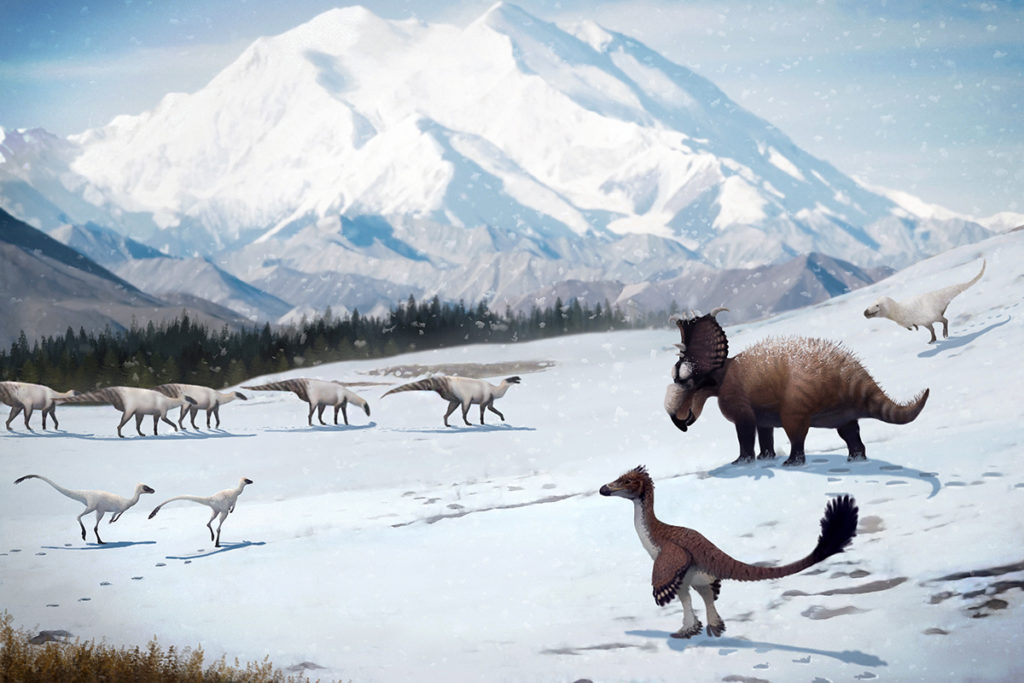New times and new heroes have come. The Digital booming absorbs people and all the surrounding business environment. Banks are no exception. The main question for their top managers and owners: How to plunge into this race of IT achievements, social networks, virtual services, widget products? How to attract customers, almost merged with gadgets in everyday life? Many banks are slow and believe in the model of externally reliable and conservative financial institution. They offer customers the Internet banking maximum, naively regarding it as a digital solution …
Last month, I was kindly invited to give a lecture about digital banking to students of the Kiev National Trade and Economic University. The topic of digital technology in banking practice sounds very fashionable and on everyone’s lips. Students in Banking are well prepared and meticulous audience. The key question is: What is new and useful I can bring to the audience during two hours? Intuitively we all understand that the digital technologies conquer our life globally. I decided to consult with my daughter regarding the attractiveness of the title of the lecture topic. The advice from the younger generation was made instantly: Only the word INVASION correctly characterizes the digital. The joy of the discoverer of an interesting slogan was short-lived, since a simple click on the Internet led immediately to the book The Digital Invasion by Archibalt D. Hart and Sylvia Hart Frejd. Already done … Thinking about the banking business and digital technologies, I ventured to add a metaphor about the inevitability of the ice Age for dinosaur banks. And this was the essence of this lecture.
I will give the main arguments for this statement, undermining the ideology of classical banking conservatism:
- Digital Devices. Digital electronics fills all our life with incredible speed. Only yesterday, in the 80s-90s, we were surprised and pleased with the first mobile phones weighing from one to three kilograms, digital cameras instead of film cameras, car navigators with electronic voice, portable laptops instead of stationary computers. And today, all this and much more is placed in the hand of a kid in the form of a smartphone. Digital devices have become massive, accessible interfaces between our brain and the outside world.
- WWW (World Wide Web). From the first concept of the Joseph C.R. Licklider Galactic Network to the 2011 UN Resolution, which recognizes access to the Internet as a basic human right, a little less than 50 years have passed. The global web with search browsers, social networks, online protocols, revolutionizes the flow of information. The flow of information about each and for everyone. Digital devices, paired with the new WEB space, destroyed the monopoly on distribution and access to information.
- Digital Natives grow up. Back in 2001, American writer and educational technologies popularizer, Marc Prensky proposed the terms Digital natives and Digital immigrants. In my opinion, it’s a very successful assessment of the new and old generations of the XXI century. Digital natives had started to hold in their hands and use smartphones before they learned to speak. Digital immigrants are constantly trying to master the Digital technologies to not fall behind. Today is 2019. Digital natives are growing up and actively occupy the dominant role in society. This fact is a serious change.
- The Ocean Big Data is a new home for humanity. Whether we want it or not. The triad, consisting of WWW, Digital Devices & Digital Natives (WWW DD & DN), forcibly generates and scales Big Data. It lives in Big Data. It transforms socially under the influence of Big Data. Who can call today a real force capable withstand to Big Data and the WWW DD & DN Triad? Consumers want to get everything online and quickly. It’s convenient and comfortable for them. Producers want to effectively sell goods and services at the same pace. Governors want to easily manage by large groups of people to keep stability. There is one who is really against?
- Is there a future for banks? To survive, banks need to adopt the Challenger Bank strategy. It is obvious that as long as states exist, as long as taxes exist, while savings and redistribution of money / assets are in demand, banks will exist. But the business model of banks will critically change. It is already changing rapidly. The Big Data and the Triads of WWW DD & DN will either embrace the banks if they are actively playing by the new Digital rules or become the ice Age for conservative and traditional dinosaur banks.
Growing up Digital Natives have already created a radically new wave of banking for business environment. Bank 24/7 in the smartphone on the palm. Banking service transforms into an elementary widget, essentially a digital picture, that consumers receive with a flick of a finger across the screen. The values of the social client’s group are permanently created online with the bank. Mass personalization of clients through Big Data. Customer service where and when it’s appropriate. Smart, updated database of customers’ attitude and behavior. Understanding of customers’ business relations and banks’ possibilities. The availability of mutual preferences from this understanding.
This is the main list of banking strategies and tactics today in order to survive the ice Age of the Digital Invasion tomorrow.



 УКР
УКР РУС
РУС